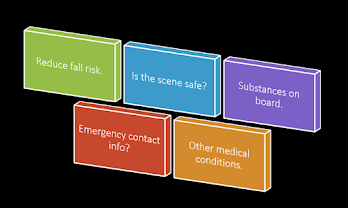GHB OVERDOSE
First of all, if you have ever been in a situation where you were hanging and partying with someone and that person overdosed on GHB and you did not leave their side then I salute you. It is a scary situation, and a recent study by Freestone and colleagues (2023) uncovered some common interventions that people are using when responding to a GHB overdose.
Their study revealed a need for education on how to handle these situations (Freestone et al, 2023), and here are some of their suggestions:
Are they so sleepy that it's hard to stay awake and think clearly?
Do Not Leave Them Alone
- Check their breathing (Freestone et al, 2023):
- Look, Listen, and Feel for Breathing.
- If non-responsive and not normal breathing, then first aid recommendations are to call EMS and start CPR
Call emergency medical services if someone is not responsive, assess breathing, and place in the recovery position. To manage airway open mouth and check for foreign material. If foreign material is present roll the patient onto their side and clear the airway. If there is no foreign material, leave the patient in the position found, and open the airway by tilting the head back with a chin lift.
References
Freestone, J., Ezard, N., Bourne, A., Brett, J., Roberts, D., Hammoud, M., Nedanoski, A., Prestage, G., & Siefried, K. (2023). Understandings, attitudes, practices and responses to GHB overdose among GHB consumers [Review of Understandings, attitudes, practices and responses to GHB overdose among GHB consumers]. Harm Reduction Journal, 20(1). https://doi.org/10.1186/s12954-023-00857-z















